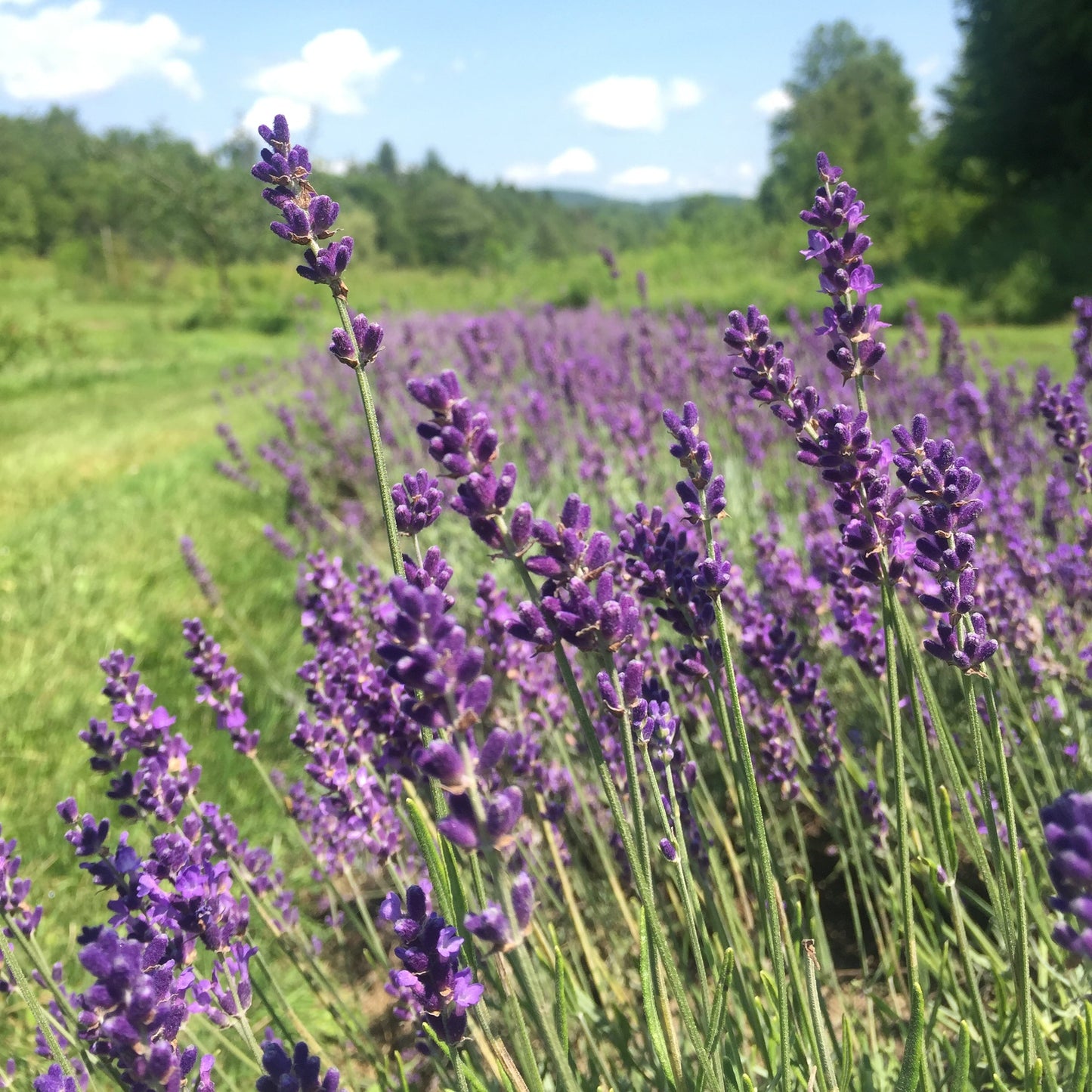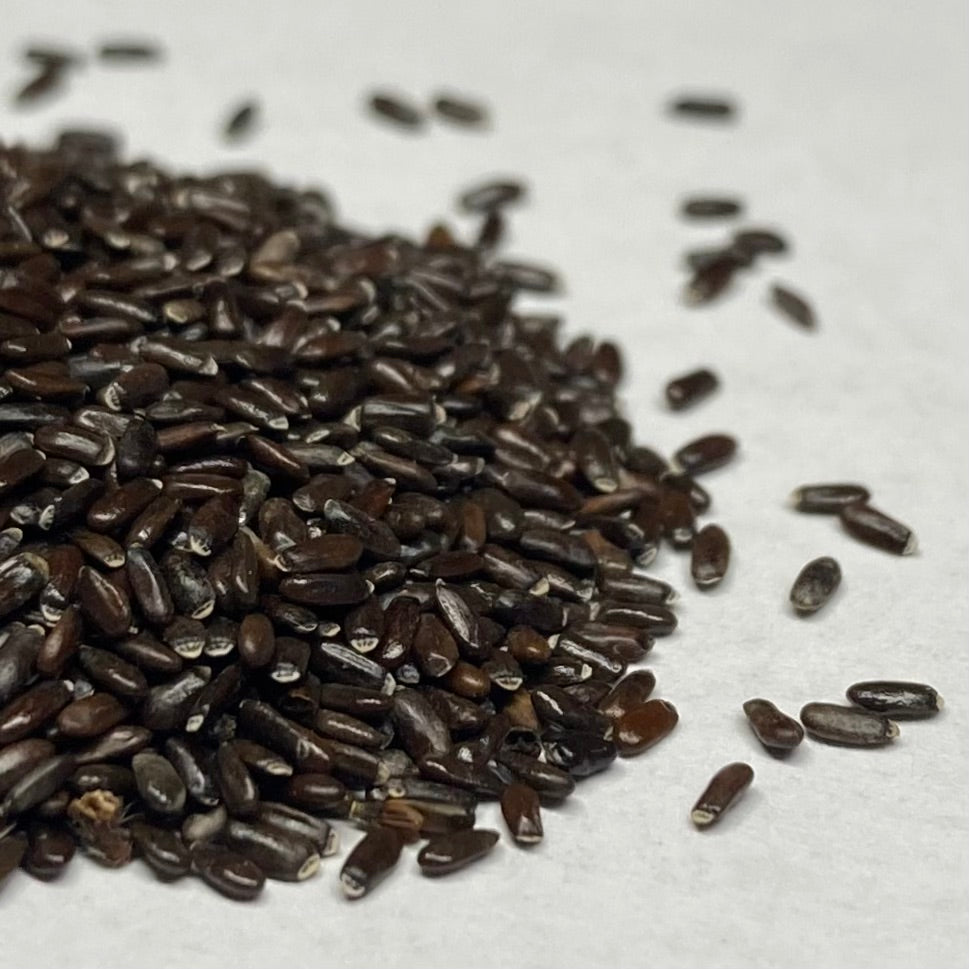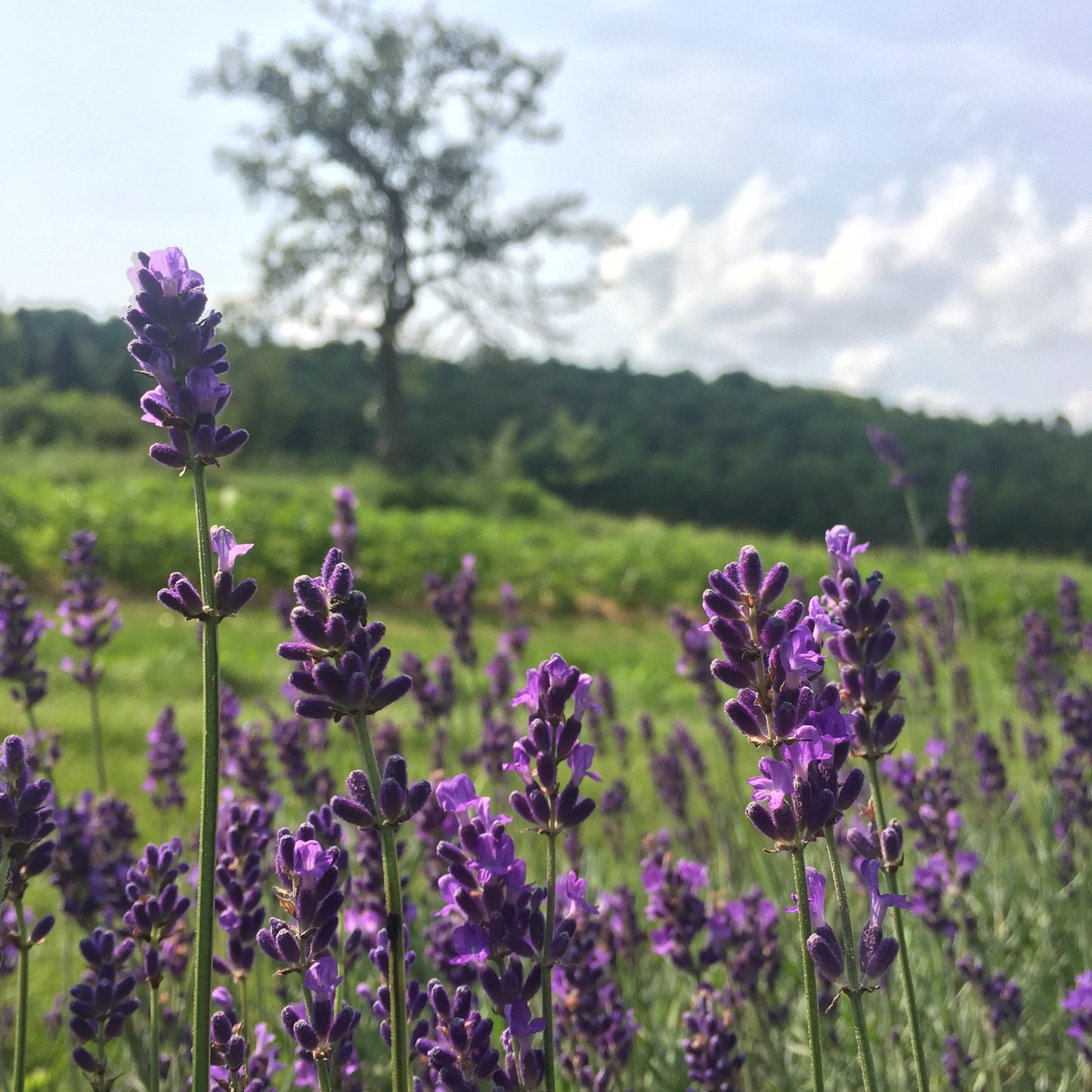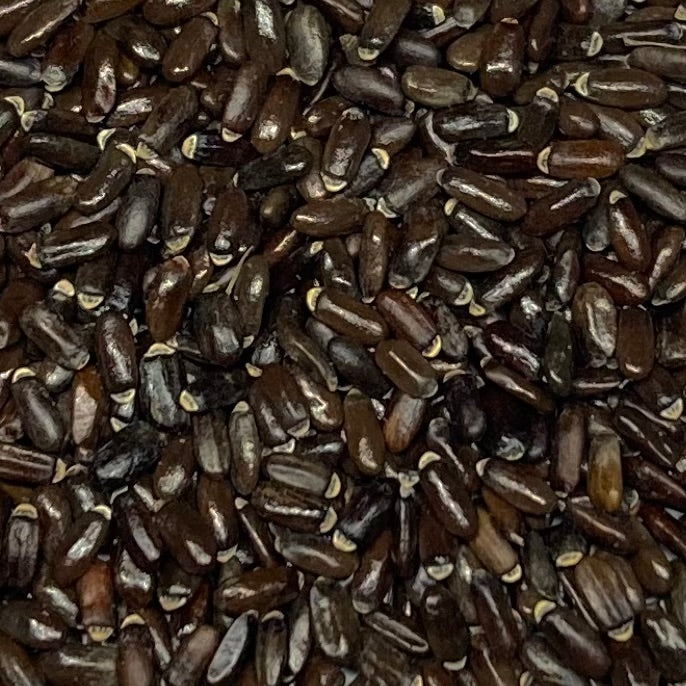Lavender, English (Lavandula angustifolia)
List Price: $4.00
Couldn't load pickup availability
Lavandula angustifolia is well-known as a beloved herb, and is a welcome addition to any garden. This plant is a semi-woody perennial that can flourish for years under proper care. In contrast to what its common name may suggest, English Lavender is in fact native to the Mediterranean, with the English having contributed to its widespread ornamental use. Its blossoms are considered to have superior oil than others of its genus, providing heavenly aromas when brushed against or bruised. This species is seen as the quintessential lavender variety, and often termed “The Queen of Herbs” for its beauty and fragrance. Not only do humans cherish this striking matriarch, but pollinators such as bees and butterflies as well. Clusters of drowsy insects enhance the wonder of their summer inflorescences.
Typical uses of Lavender are in dried flower arrangements, potpourri, sachets, and essential oils. Modern applications are often seen in aromatherapy, with lavender thought to have a soothing effect, encouraging relaxation and calm slumber. It is said this plant helps to alleviate anxiety and stress. Culinary applications include sweet treats, as well as a unique floral smokiness when added to meats or marinades.
This herb’s common and scientific name emerged from the Latin word ‘lavare,’ to wash or bathe. Traditionally and in modern times, their oils perfume linens, both for their refreshing scent, and to discourage pesky household insects who dislike the very aroma humans swoon over. John Gerard’s 1633 text The Herbal promotes ingesting a decoction of Lavender for “cleansing and driving forth all evil and corrupt humours.” There is a sundry of folklore associated with Lavender, with one foremost implication being that of romance. Tudor girls would place Lavender under their pillows or drink a tea of it before bed to allow them to dream sweetly of their true love. Healing, purity, and luxury are other qualities that Lavandula angustifolia embodies. Ancient Egyptians prized Lavender to such an extent that upon opening King Tutankhamen’s tomb, Howard Carter still detected a floral whiff. Throughout Ancient Greece, Rome, and the Middle Ages, Lavender was a comfort. The magic of this herb has long inspired love and celebration in humans, and we continue to cultivate this intimate relationship in our gardens and homes.







